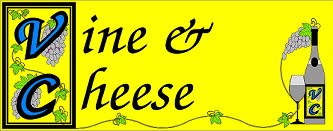It's Nouveau Beaujolais season but that's not what we're writing about right now. Instead we're looking at a kindred spirit, Cinsault (SAHN-so), which has a similarly light and lively character and like Beaujolais, you may even chill the wine and serve it in white wine glasses. This is obviously not your over the top, big tannic red. It's more like a less is more, pleasant, easy-drinking sipper.
Cinsault is a Cotes du Rhone variety that, when blended with Grenache and Carignan, collectively will soften a more formidable grape like Syrah or Cabernet Sauvignon. It also adds floral and cherry-berry type aromas and flavors along with minerality and freshness. It aromatically lifts a blend of more structured varieties.
An ancient variety that may have originated in the Herault region of southern France, Cinsault may actually go back to wherever the Phoenicians were sourcing their fruit in Eurasia. But that's ancient history and on balance, it's the future that should interest Cinsault aficionados more. It is heat tolerant with a natural benefit from dry environs so climate warming may work for this one.
Why this post subject now? Because we just got in a case of Lubanzi Cinsault which proved to be a huge hit at a recent tasting. Lubanzi is from South Africa and Cinsault it HUGE down there. It's as prolific as Zinfandel in California and provides half of the parentage of the signature wine of that country, Pinotage.
We're a little late for Thanksgiving dinner wine but do yourself a favor and find some time this season for some tasty Cinsault.



